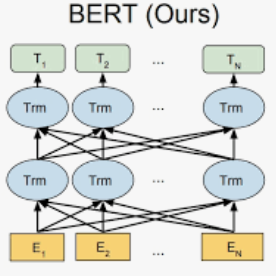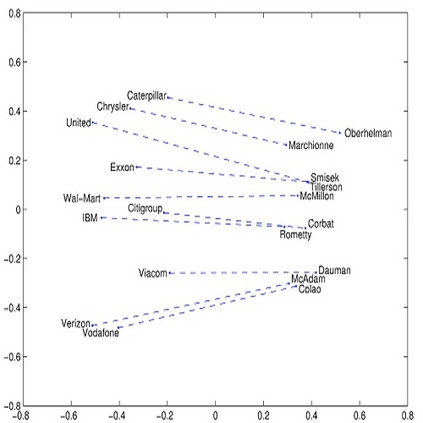Detecting plagiarism involves finding similar items in two different sources. In this article, we propose a novel method for detecting plagiarism that is based on attention mechanism-based long short-term memory (LSTM) and bidirectional encoder representations from transformers (BERT) word embedding, enhanced with optimized differential evolution (DE) method for pre-training and a focal loss function for training. BERT could be included in a downstream task and fine-tuned as a task-specific BERT can be included in a downstream task and fine-tuned as a task-specific structure, while the trained BERT model is capable of detecting various linguistic characteristics. Unbalanced classification is one of the primary issues with plagiarism detection. We suggest a focal loss-based training technique that carefully learns minority class instances to solve this. Another issue that we tackle is the training phase itself, which typically employs gradient-based methods like back-propagation for the learning process and thus suffers from some drawbacks, including sensitivity to initialization. To initiate the BP process, we suggest a novel DE algorithm that makes use of a clustering-based mutation operator. Here, a winning cluster is identified for the current DE population, and a fresh updating method is used to produce potential answers. We evaluate our proposed approach on three benchmark datasets ( MSRP, SNLI, and SemEval2014) and demonstrate that it performs well when compared to both conventional and population-based methods.
翻译:暂无翻译





